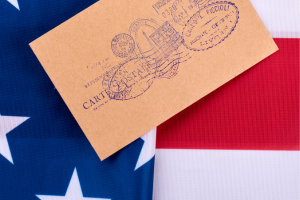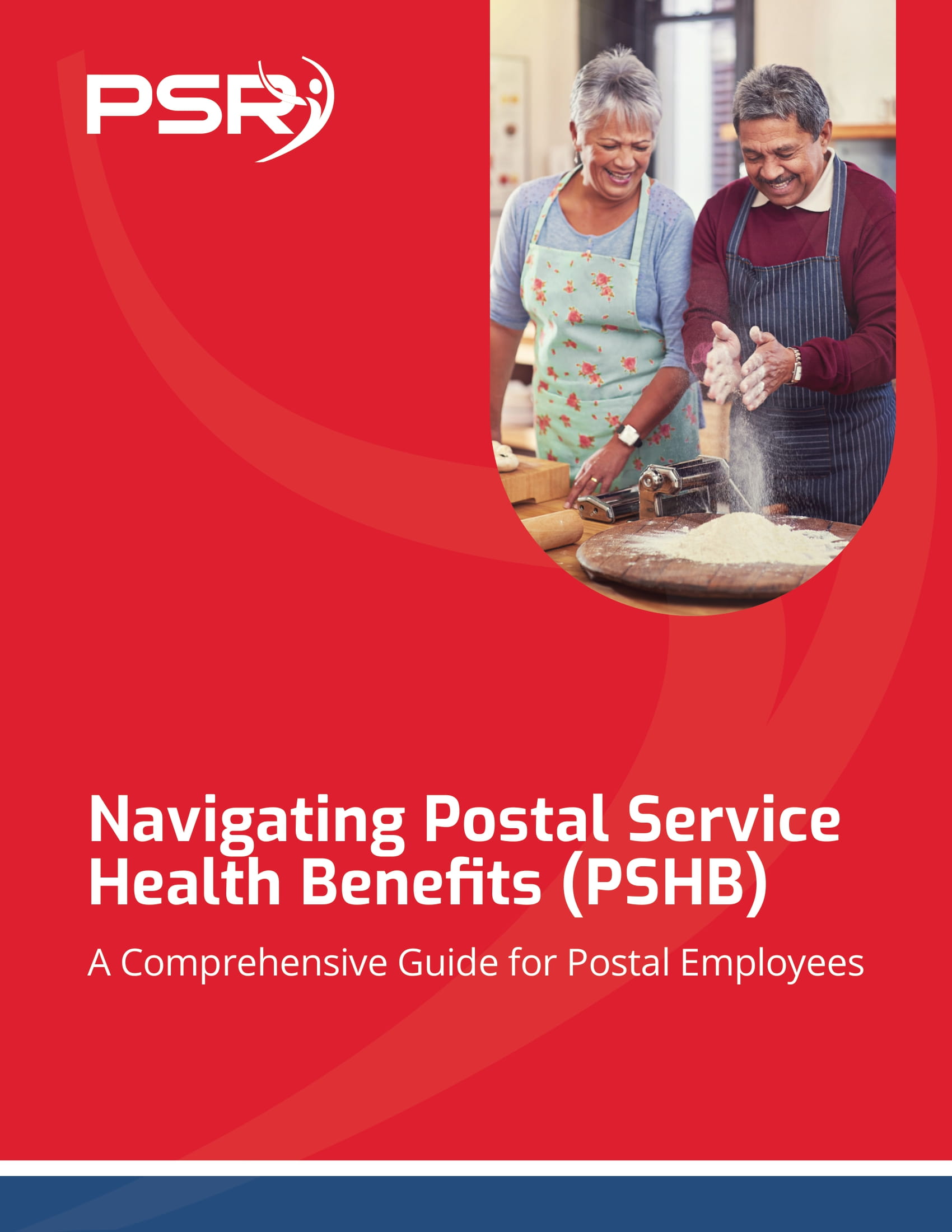Postal Service Health Benefits (PSHB): Understanding Health Coverage for USPS Employees and Retirees
The Postal Service Health Benefits (PSHB) program provides healthcare coverage to employees and retirees of the United States Postal Service (USPS). With the introduction of the Postal Service Reform Act of 2022, the PSHB program was established to offer postal employees their own health insurance plan, separate from the Federal Employees Health Benefits (FEHB) program. While PSHB offers similar benefits to FEHB, it is designed to meet the unique needs of postal employees and retirees, providing comprehensive healthcare options that ensure continued coverage throughout their careers and into retirement.
This guide explains the Postal Service Health Benefits (PSHB) program, its eligibility requirements, premiums, and how it compares to other health insurance options available to federal employees and postal workers.
What is PSHB (Postal Service Health Benefits)?
The Postal Service Health Benefits (PSHB) program was created to provide healthcare coverage specifically for USPS employees and retirees. The PSHB plans offer similar benefits to those available under FEHB, but they are tailored to postal workers and designed to offer a more streamlined healthcare option.
Key Features of PSHB:
- Comprehensive Coverage: PSHB offers a range of health plans that cover medical, dental, and vision services. The program also includes prescription drug coverage, ensuring postal employees and retirees have access to affordable medications.
- Separate from FEHB: With the establishment of PSHB, postal employees are no longer covered under FEHB. However, they receive similar benefits and can choose from various plan options tailored to their specific needs.
- Designed for USPS: The program is specifically designed for the healthcare needs of postal employees and retirees, making it easier to manage healthcare benefits through a postal-specific system.
Understanding PSHB health plans ensures that USPS employees and retirees can select the best healthcare coverage for their needs.
PSHB Eligibility Requirements
To participate in the PSHB program, employees and retirees of the USPS must meet specific eligibility requirements. These requirements are similar to those for FEHB, but with a few key differences tailored to the postal workforce.
PSHB Eligibility Criteria:
- USPS Employees: Current postal workers who are eligible for health insurance through the USPS can enroll in PSHB during their initial eligibility period or during open season.
- USPS Retirees: Postal employees who retire from the USPS can continue their PSHB coverage into retirement as long as they meet the required service and age criteria.
- Dependent Coverage: Family members, including spouses and dependents, are eligible for PSHB coverage as part of the employee or retiree’s health plan.
Meeting the PSHB eligibility requirements ensures that both active USPS employees and retirees can maintain their health benefits through the program.
PSHB vs. FEHB: Key Differences
While the PSHB and FEHB programs offer similar health benefits, there are key differences between the two. The most significant change is that postal employees and retirees now have their own dedicated health plan under PSHB, separate from the broader federal FEHB program.
PSHB vs. FEHB Comparison:
- Dedicated Program: PSHB is a standalone program created specifically for USPS employees and retirees, whereas FEHB covers all federal employees.
- Plan Options: Both PSHB and FEHB offer a wide range of plan options, but PSHB plans are tailored to meet the needs of postal workers.
- Premiums: While premium costs are similar between the two programs, USPS employees may see some differences in premium structures as PSHB is designed specifically for their needs.
By understanding the differences between PSHB and FEHB, postal employees can make informed decisions about their healthcare coverage.
PSHB Health Plan Options: What USPS Employees Should Know
The PSHB program offers a variety of health plan options to USPS employees and retirees, similar to the choices available under FEHB. These plans include options such as Preferred Provider Organizations (PPOs), Health Maintenance Organizations (HMOs), and High Deductible Health Plans (HDHPs).
PSHB Health Plan Types:
- PPOs: Provide flexibility in choosing healthcare providers and allow postal workers to see specialists without a referral. PPOs generally have higher premiums but offer broader coverage.
- HMOs: Require enrollees to use a network of doctors and hospitals for care and often require referrals to see specialists. HMOs generally have lower premiums but may have more restrictions on coverage.
- HDHPs: Offer lower premiums and higher deductibles, allowing postal employees to save on monthly costs while paying more out of pocket for services before the plan begins to cover expenses.
Comparing PSHB health plan options allows USPS employees and retirees to choose the plan that best fits their healthcare needs and budget.
USPS Health Benefits in Retirement
One of the most important benefits of the PSHB program is the ability to maintain healthcare coverage into retirement. USPS retirees can continue their PSHB health benefits and enjoy the same level of coverage they had while employed, ensuring lifelong healthcare security.
Key Points About PSHB in Retirement:
- Continued Coverage: USPS retirees can keep their PSHB coverage as long as they meet the eligibility requirements for retirement health benefits.
- Premiums for Retirees: While retirees continue to pay PSHB premiums, the government typically covers a significant portion of the cost, keeping premiums affordable.
- Medicare Coordination: Once retirees become eligible for Medicare, they can coordinate their PSHB coverage with Medicare to further reduce out-of-pocket costs.
Understanding USPS health benefits in retirement ensures that postal workers can transition into retirement with confidence in their healthcare coverage.
PSHB Premiums: Costs for USPS Employees and Retirees
Just like with the FEHB program, PSHB premiums are shared between the federal government and the enrollee. Postal employees and retirees are responsible for a portion of the premium, while the USPS contributes the majority of the cost.
How PSHB Premiums Work:
- Employee Contributions: USPS employees and retirees pay a portion of their PSHB premiums, which varies depending on the plan they choose.
- Government Contribution: The USPS covers about 70% of the premium costs, making PSHB an affordable option for postal workers.
- Premium Adjustments: During PSHB open season, USPS employees can review and adjust their health plan options and premiums to match their current healthcare needs and financial situation.
Comparing PSHB premiums helps USPS employees and retirees find a balance between comprehensive coverage and affordable monthly costs.
USPS Health Benefits Enrollment: Open Season and Beyond
PSHB enrollment for USPS employees and retirees occurs during open season, the annual period when postal workers can enroll in a new plan, switch plans, or make changes to their existing coverage. Open season is the best time to review your health insurance options and make adjustments based on your healthcare needs.
How to Enroll in PSHB:
- Open Season: Each year, USPS employees and retirees can enroll in or switch PSHB plans during open season. This is the only time you can change your health plan unless you experience a qualifying life event, such as marriage or the birth of a child.
- Initial Enrollment: New USPS employees can enroll in PSHB during their initial eligibility period after being hired.
- Changes During the Year: Outside of open season, you can only change your PSHB plan if you experience a qualifying life event.
Understanding the PSHB enrollment process ensures that postal employees and retirees can make timely changes to their health benefits when needed.
PSHB and Medicare: Coordination for USPS Retirees
When postal employees retire and become eligible for Medicare, they can coordinate their PSHB coverage with Medicare to reduce out-of-pocket costs. Medicare typically becomes the primary payer, with PSHB acting as secondary coverage to fill gaps in coverage, such as copayments and deductibles.
Key Points About PSHB and Medicare Coordination:
- Primary and Secondary Coverage: Medicare will generally serve as the primary insurance, while PSHB will cover costs not paid by Medicare.
- Prescription Coverage: USPS retirees with PSHB often find that their plan offers better prescription drug coverage than Medicare Part D, so they do not need to enroll in a separate drug plan.
- Medicare Part B: Retirees must decide whether to enroll in Medicare Part B, which covers outpatient services. Enrolling in Part B can reduce overall out-of-pocket costs, but it comes with a monthly premium.
By coordinating PSHB and Medicare, USPS retirees can ensure they have the most comprehensive and cost-effective healthcare coverage.
Maximizing Your Benefits with PSHB
The Postal Service Health Benefits (PSHB) program provides postal employees and retirees with comprehensive healthcare coverage tailored to their needs. Whether you’re still working or transitioning into retirement, understanding your PSHB plan options, premiums, and eligibility is essential for making the most of your health benefits. By comparing plans, enrolling during open season, and coordinating coverage with Medicare, you can ensure that your healthcare needs are fully covered throughout your career and retirement.
If you need help choosing the right PSHB plan or understanding how PSHB works with Medicare, consider consulting with a health benefits advisor who specializes in postal service benefits. Advisors can help you navigate your options and maximize your healthcare coverage.
Search for Public Sector Retirement Expert.
Receive the Best advice.
PSR Experts can help you determine if Public Sector Retirement is right for you or if you should look for alternatives.
The Best Advice creates
the best results.
Search for Public Sector Retirement Expert.
Receive the Best advice.
PSR Experts can help you determine if Public Sector Retirement is right for you or if you should look for alternatives.
The Best Advice creates
the best results.
Recent Articles

The Best FEHB Plans for 2025: Which One Fits Your Lifestyle and Budget the Best?
Key Takeaways: Understanding your healthcare needs and budget is

Special Retirement Options for FAA and LEO Employees: Are You Taking Advantage of What’s Available?
Key Takeaways: FAA and LEO employees have exclusive retirement

Federal Employee Benefits You Didn’t Know Could Give Your Wallet a Serious Boost in Retirement
Key Takeaways You might be sitting on hidden federal

Federal Workers, Here’s How Social Security Fits into Your Overall Retirement Plan
Key Takeaways Social Security can be a steady income





